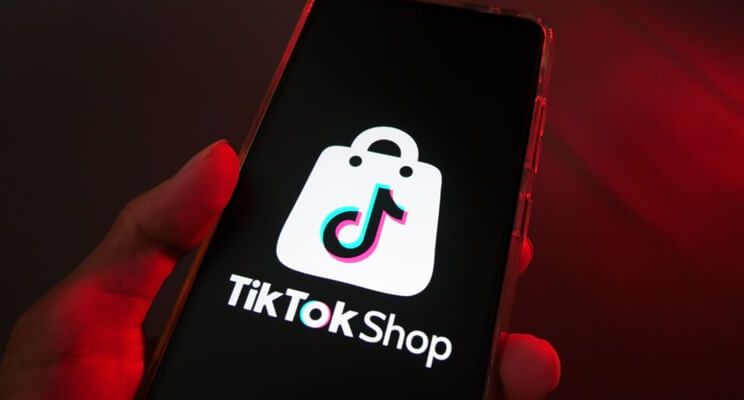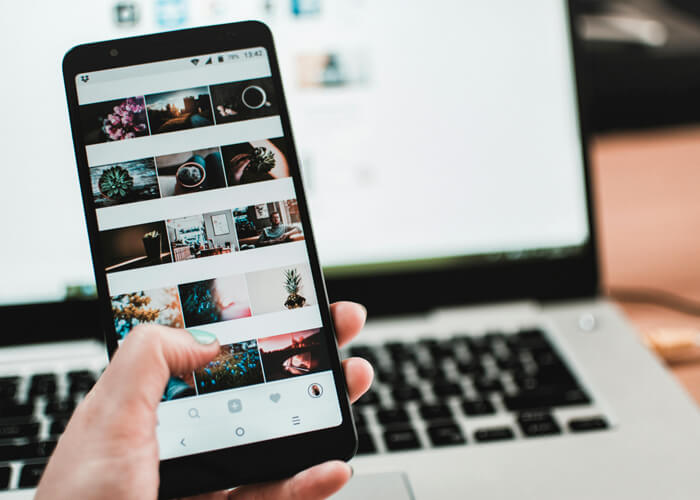
What are Micro Influencers?
Definition of micro influencers
• Micro influencers are social media users with 1,000 to 100,000 followers who produce content in a specific niche and engage with their audience.
• They have a higher engagement rate compared to other types of influencers.
• Micro influencers are considered authorities in their field and produce relatable and valuable content.
Benefits of working with micro influencers
• Micro influencers have a higher engagement rate compared to other types of influencers.
• They are more accessible to startups and small brands.
• They produce relatable and valuable content.
• They have a niche audience that is interested in their content.
• They are cost-effective and can provide a high return on investment.
Examples of successful micro influencers
• Getting growth is a micro influencer with 35,000 followers who produces content in the fitness niche.
• Maija Silova is a micro influencer with 30.5k followers who produces content in the fashion and beauty niche.
Understanding Your Target Audience
Segmenting your target audience
• Identify specific audience demographics to find relevant influencers.
• Look for influencers whose followers align with your brand’s customer base.
• Segment your target audience to find relevant micro influencers.
Identifying your niche or industry
• Determine the specific niche or industry you want to target.
• Use relevant hashtags and topics to find micro influencers in your niche.
• Identify your niche audience to find the right micro influencers.
Researching your audience’s interests and preferences
• Research your audience’s interests and preferences to find relevant micro influencers.
• Use social media listening tools to understand your audience’s needs and concerns.
• Research your audience’s interests to find the perfect micro influencers.
Finding Micro Influencers
How to find micro influencers on social media
Using hashtags and topics on Instagram and TikTok
• Use Instagram’s search box to find relevant hashtags and influencers.
• Look for potential influencers in your fan base who post about your brand.
• Use TikTok’s search feature to find relevant hashtags and influencers.
Searching by location on YouTube
• Use YouTube’s search feature to find relevant keywords and influencers.
• Look for potential influencers who have a high engagement rate and audience size.
• Use YouTube’s location feature to find potential micro influencers in your area.
Leveraging influencer marketing platforms to find micro influencers
• Use influencer marketing platforms like Modash, Insense, and SocialiQ 2.0 to find micro influencers.
• These platforms provide a dashboard where you can fill out a campaign brief and search for influencers.
• Leverage influencer marketing platforms to find relevant micro influencers.
Referrals and word of mouth marketing
• Ask for referrals from other influencers or industry experts.
• Use word of mouth marketing to find micro influencers who are recommended by others.
• Ask your customers for recommendations to find micro influencers.

Evaluating and Partnering with Micro Influencers
Checking engagement metrics and profile quality
• Pay attention to influencers’ engagement metrics, such as average engagement rates.
• Look for influencers who have a strong follower base that interacts with their content regularly.
• Check influencers’ profile quality, including the type of content they post.
Analyzing content and previous brand collaborations
• Examine the type of content influencers produce to ensure it aligns with your brand.
• Look for influencers who have creative freedom in content creation.
• Review influencers’ past collaborations to gauge their effectiveness and professionalism.
Assessing authenticity and relevance
• Check influencers’ authenticity and relevance to your brand.
• Look for influencers who are passionate about your niche.
• Assess influencers’ authenticity to ensure they align with your brand values.
Creating a brand ambassador program
• Build a brand ambassador program to attract micro influencers who genuinely love your products.
• Create a program that provides incentives for micro influencers to partner with your brand.
• Develop a brand ambassador program to find the right micro influencers.
Best Practices for Micro Influencer Marketing
Setting clear goals for your influencer marketing campaign
• Define what you aim to achieve with your influencer marketing efforts.
• Ensure your influencer marketing platforms and tools align with your campaign goals.
• Set clear goals for your influencer marketing campaign.
Choosing the right social media channel
• Select a social media channel that aligns with your target audience.
• Look for influencers who have a relevant audience and can become advocates for your brand.
• Choose the right social media channel for your influencer marketing campaign.
Conducting professional influencer outreach
• Maintain a professional and personalized approach when reaching out to potential influencers.
• Use influencer outreach strategies to connect with ideal creators.
• Conduct professional influencer outreach to find the right micro influencers.
Tracking campaign metrics and measuring success
• Consistently track your campaign metrics, such as engagement rates and follower growth.
• Use analytics tools to track the campaign’s ROI and adjust your strategy accordingly.
• Track campaign metrics to measure the success of your influencer marketing campaign.
Common Mistakes to Avoid
Focusing too much on follower count
• Don’t focus too much on follower count when evaluating micro influencers.
• Look for influencers who have a strong engagement rate and produce high-quality content.
• Avoid focusing too much on follower count.
Ignoring engagement metrics and content quality
• Don’t ignore engagement metrics and content quality when evaluating micro influencers.
• Look for influencers who have a strong follower base that interacts with their content regularly.
• Avoid ignoring engagement metrics and content quality.
Not clearly defining your target audience
• Clearly define your target audience to find relevant micro influencers.
• Identify your niche audience to find the right micro influencers.
• Avoid not clearly defining your target audience.

Measuring the Success of Your Micro Influencer Campaigns
Tracking engagement metrics and campaign ROI
• Track engagement metrics, such as likes, comments, and shares, to measure campaign success.
• Monitor the influencer’s content and ensure it aligns with your brand messaging.
• Use analytics tools to track the campaign’s ROI and adjust your strategy accordingly.
Monitoring brand awareness and reach
• Monitor brand awareness and reach to measure the success of your influencer marketing campaign.
• Track the number of people who have seen your brand’s content.
• Monitor brand awareness and reach.
Adjusting your strategy based on campaign performance
• Adjust your strategy based on campaign performance to optimize your influencer marketing efforts.
• Use data to inform your decision-making and adjust your strategy accordingly.
• Adjust your strategy based on campaign performance.
How Much to Pay a Micro Influencer
Factors to consider when determining payment
• Follower count is one factor to consider when determining influencer rates.
• Other factors such as niche, content quality, and engagement rate also impact influencer rates.
• Consider the influencer’s value to your brand when determining payment.
Industry standards for micro influencer rates
• Research industry benchmarks to determine fair payment rates for micro influencers.
• Negotiate rates based on the influencer’s value to your brand.
• Industry standards for micro influencer rates vary.
Negotiating payment terms and contracts
• Negotiate payment terms and contracts with micro influencers.
• Ensure contracts include clear terms and conditions.
• Negotiate payment terms and contracts.
The Future of Micro Influencer Marketing
Emerging trends and platforms
• Stay ahead of the competition by staying up-to-date with emerging trends and platforms.
• Leverage new platforms and tools to find and partner with micro influencers.
• Emerging trends and platforms are changing the influencer marketing landscape.
Staying ahead of the competition
• Stay ahead of the competition by continuously evaluating and improving your influencer marketing strategy.
• Use data to inform your decision-making and adjust your strategy accordingly.
• Stay ahead of the competition.
About the Author:
Gordon Glenister is an international expert on influencer marketing and membership. As 11 years at the helm of leading trade association, he has been instrumental in the setting up of the influencer channel of the Branded Content Marketing Association and also the Meetings and Events Support Association.








































